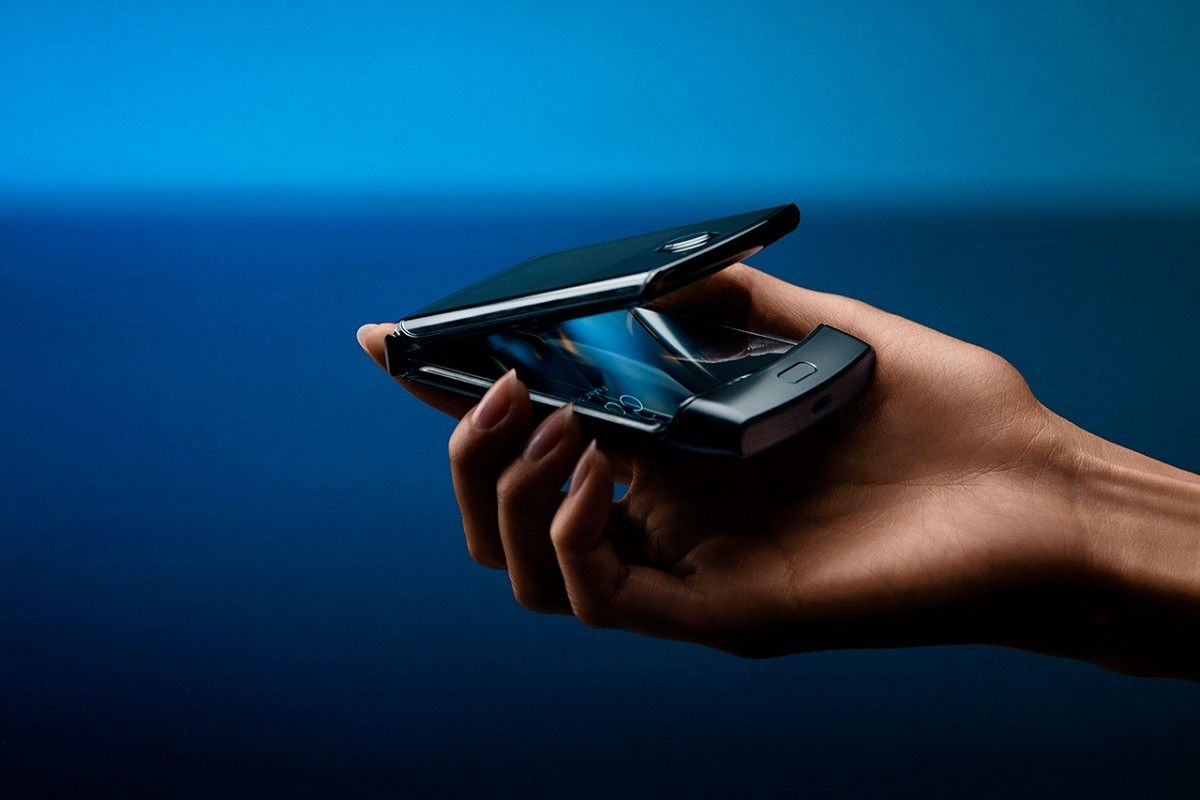Back in November last year, Motorola revived its iconic Razr brand and showcased the all-new Moto Razr with a vertically folding display. The device packs in mid-range hardware, including a Snapdragon 710 processor, 6GB of RAM and 128GB of storage, however, it's unlike any other mid-range device in the market right now. In fact, it's unlike any other smartphone entirely. Sure, it does feature a pOLED foldable display like the Galaxy Fold, but instead of folding open into a tablet, the Moto Razr folds shut like clamshell devices of the past. At the time, Motorola announced that the new Moto Razr would go on sale in January at a justifiable price of $1,499. However, later in December, the company revealed that the Razr had been delayed, much like the Galaxy Fold, and provided no further information regarding its release date. Earlier this month, Motorola finally announced that the new Moto Razr will go on sale on February 6th, with pre-orders starting on January 26th.
Just a week ahead of its launch, Motorola has released a series of instructional videos on its YouTube channel regarding the Moto Razr. Among these is a video titled "Caring for razr" which provides some handy tips to prospective buyers, including folding the device before putting it in your pocket or a bag, avoiding sharp objects, drying the device off with a soft towel if it gets wet, and more. But one of these tips really stands out. In the video Motorola claims that the screen "is made to bend; bumps and lumps are normal." That sounds quite peculiar because similar "bumps and lumps" are what caused Samsung's Galaxy Fold to fail when it was first sent out to reviewers.
This suggests that the new Moto Razer might, in fact, be a bit sturdier than the Galaxy Fold and it may be able to handle the "bumps and lumps" better. As of now, we can't comment on the build quality of the Moto Razr or attest to these claims. However, we'll put the device through its paces when we receive a review unit, so make sure to check out our review of the Moto Razr when it goes up.
Via: The Verge

